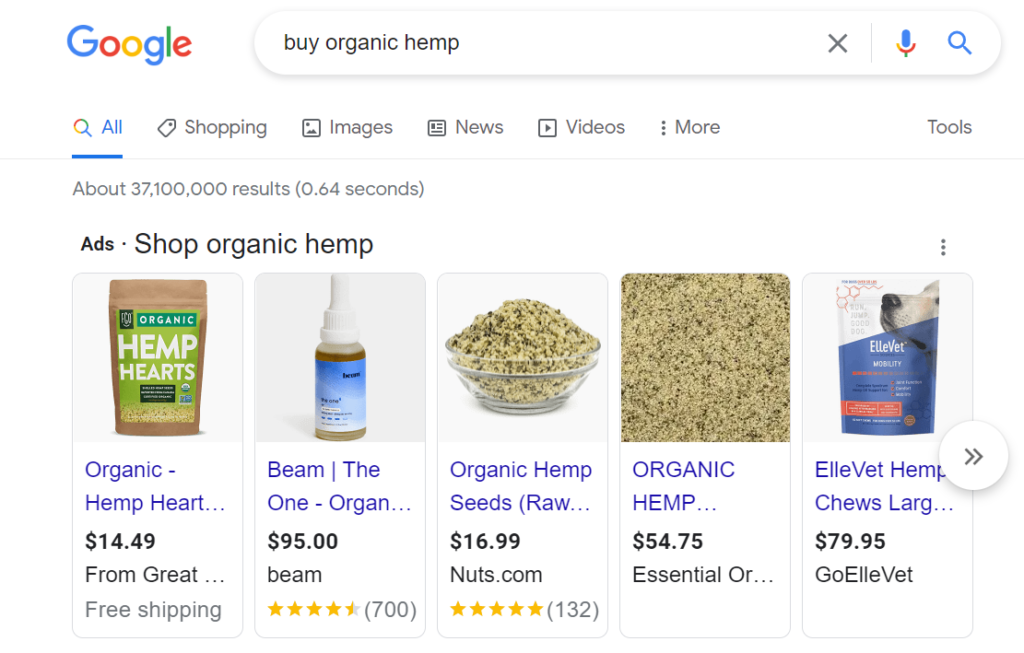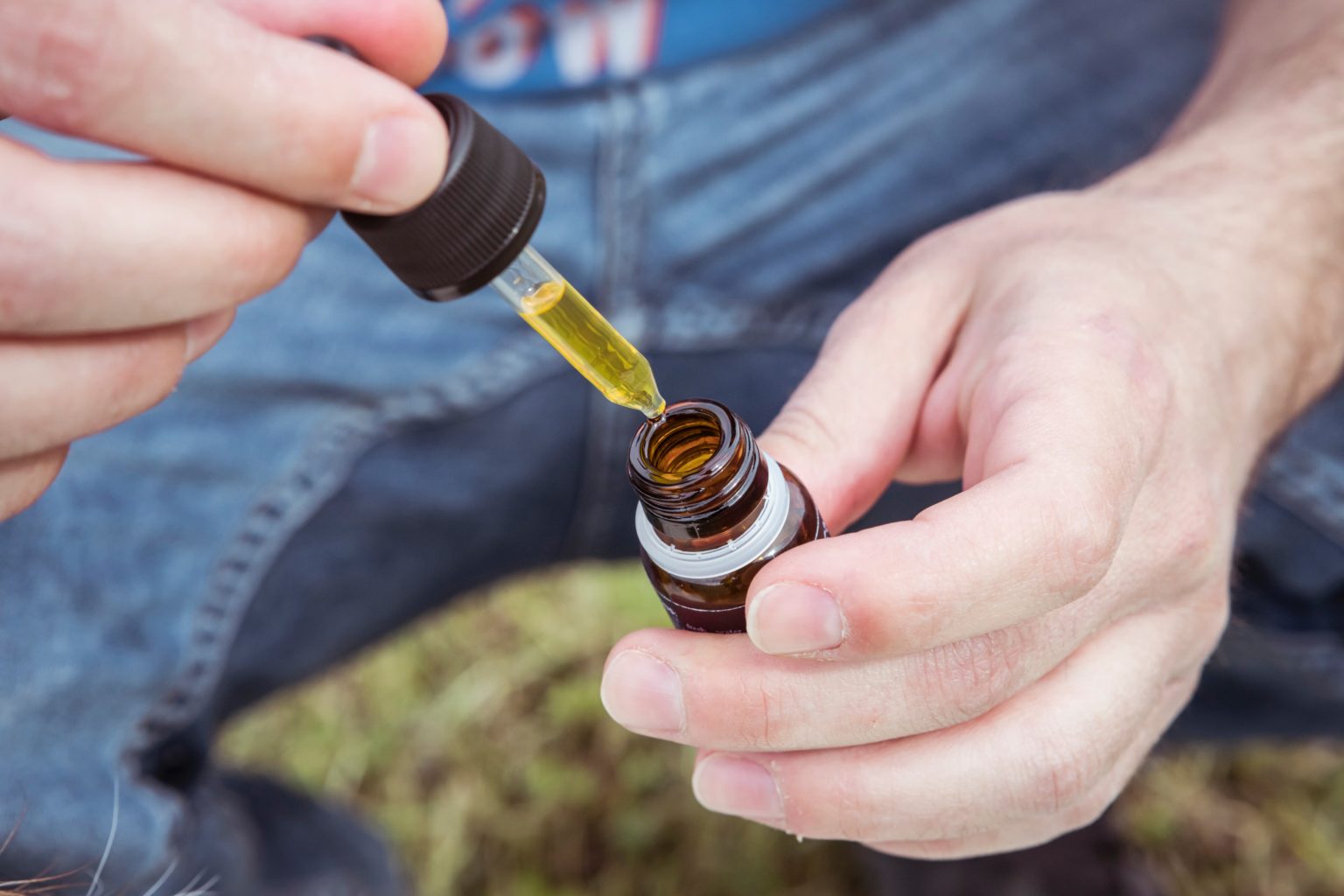As of 2022, Facebook still remains the largest social media platform in the world with 2.94 billion active users. It is also one of the most regulated digital advertising channels out there, especially when it comes to sensitive and emerging industries, such as crypto, NFTs, or CBD.
That said, it’s no surprise that so many CBD businesses nowadays find it extremely difficult to navigate their marketing efforts in this heavily scrutinized market, and Facebook is no exception to that.
The situation is further complicated by the fact that Meta’s ad policies around the so-called “Unsafe substances” are, to put it mildly, unclear.
They prohibit “the sale or use of illicit or recreational drugs, or other unsafe substances, products or supplements, as determined by Meta in its sole discretion.” And there isn’t a single mention of CBD or hemp there.
Now, while certain advertisers may be able to get away with driving traffic to product pages for their cannabidiol-based oils and creams for some time, in the long run this will inevitably lead to multiple ad rejections and a high probability of ad accounts getting banned. The good news is that advertisers who have experience in CBD and other heavily regulated industries know the workarounds—and have refined their effectiveness over time.
Strategies to mitigate restrictive CBD advertising policies
In general, Facebook will reject any ads that contain the word “CBD” anywhere in the copy and creative, or on the landing page. When you first submit your ads for review, they will most likely get automatically rejected by the algorithm. However, in certain cases you can get these ads reapproved by a real human by submitting an appeal.
So what is (and isn’t) allowed?
- Facebook is still prohibiting ads featuring or leading to landing pages for ingestible CBD.
- Advertisers can direct traffic to landing pages that feature ingestible hemp and topical CBD. However, the ads cannot specifically feature those products.
- Advertisers can drive traffic to landing pages that don’t explicitly mention and promote CBD, but instead highlight benefits or address certain issues that can be treated with products that contain it. The key difference here is to educate, not to sell.
- You can also consider building out a lead funnel that will collect email addresses and then nurturing and selling to this list via automated flows and one-off campaigns. Interactive landing pages, where a user has to fill out an engaging quiz or can get a free digital download in exchange for their email (also known as a lead magnet), usually work best for this tactic.

A Lead Magnet can be your first step to setting up an efficient & compliant CBD funnel. Image source: Pixabay
However, even if you follow all the rules listed above, there’s no certainty that you’ll be able to get every single ad approved, as even companies using hemp as an ingredient in their food products often have to deal with blanket rejections without any clear reason for that. But the above strategies are a good starting point.
How do you get a Facebook rep to help resolve CBD-related ad issues?
If you’ve got experience running Facebook ads, you know it can be hard to find a helpful rep, and the challenge is much steeper for emerging markets. The easiest way to get access to a Facebook rep who will help quickly resolve any arising issues related to your CBD or hemp ads is to sign up with an agency that already has one.
You also need to make sure to do your due diligence and ask if the agency has ever run ads for CBD clients before. This will significantly reduce your list of potential candidates.
Which marketing channels have less red tape for CBD?
Google apparently eased its policies on advertising hemp a while ago. You still can’t get a CBD product to display on the platform as either a search or shopping ad, but hemp ads, while previously restricted, are now all over their search engine results pages.

A Search Engine Results Page example with hemp products prominently featured. Source: Google
Surprisingly, you may be able to advertise your CBD or hemp-based products on TikTok! As stated in their Business Help Center, “Advertising promoting hemp products and topical CBD products may be allowed subject to additional restrictions.” There is an extensive list of countries where those additional restrictions would not allow you to do that, but if your country isn’t on that list, you may have a shot.
How important (and tricky) is building brand awareness in these emerging markets?
With society still sharply divided on legalizing recreational marijuana, it can be beneficial for a CBD brand to educate its potential customers on what is and what isn’t allowed in their state, as well as the actual effects of using their products.
Rules that apply to brand awareness campaigns are no different than those that apply to bottom-funnel marketing. You still need to find your way around restricted words in your copy, landing page, and creative.
Any other words of wisdom?
One last thing worth mentioning: The regulatory landscape for recreational substances such as CBD and hemp is rapidly evolving. What used to work yesterday may not hold water tomorrow, and the methods and tactics for advertising such products will change as well. That said, the key to becoming and remaining successful in this (or any other) market is to always keep your finger on the pulse of the industry and think creatively and outside the box.
If you’re looking for an experienced agency partner that can support your CBD marketing efforts, from getting your ads live to navigating endless and ever-changing restrictions to recovering banned ad accounts, feel free to drop us a line at hello@playbook.media, and we’ll be happy to discuss how we can help ensure the success and longevity of your business.




